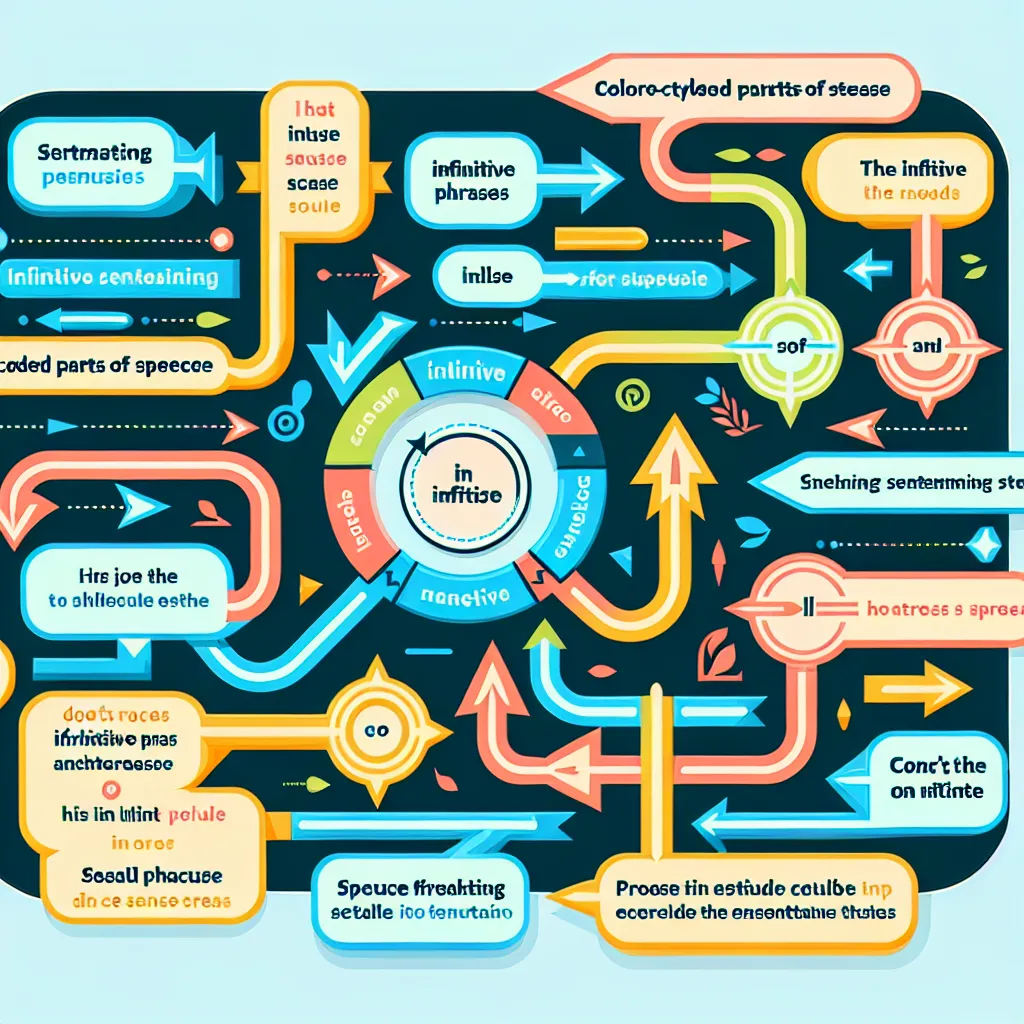Mastering formal sentence structures is a crucial skill for anyone looking to improve their English proficiency, especially in academic or professional settings. This guide will provide you with effective strategies and practical tips to enhance your understanding and application of formal sentence structures in English.
Understanding the Importance of Formal Sentence Structures
Formal sentence structures are essential in various contexts, including academic writing, business communications, and official documents. They convey a sense of professionalism and sophistication, helping you to express complex ideas clearly and effectively.
 Formal Sentence Structure Diagram
Formal Sentence Structure Diagram
Key Benefits of Mastering Formal Sentence Structures
- Enhanced clarity in communication
- Improved credibility in professional settings
- Better performance in academic writing tasks
- Increased confidence in formal speaking situations
Strategies for Mastering Formal Sentence Structures
1. Study Complex Sentence Patterns
To master formal sentence structures, it’s crucial to familiarize yourself with complex sentence patterns. These include:
- Compound sentences
- Complex sentences
- Compound-complex sentences
For a deeper dive into forming complex sentences, check out our article on how to learn to form complex sentences in English.
2. Practice Using Subordinate Clauses
Subordinate clauses add depth and sophistication to your sentences. They allow you to express relationships between ideas more effectively. For example:
- “Although the project was challenging, the team completed it on time.”
- “The research paper, which took months to compile, provided groundbreaking insights.”
3. Incorporate Advanced Pronoun Usage
Proper pronoun usage is crucial in formal writing. It helps maintain clarity and avoid repetition. For expert tips on this topic, refer to our guide on advanced pronoun usage tips.
4. Utilize Formal Vocabulary and Phrases
Expanding your vocabulary with formal words and phrases can significantly enhance your sentence structures. Some examples include:
- Instead of “use,” try “utilize” or “employ”
- Replace “but” with “however” or “nevertheless”
- Use “thus” or “therefore” instead of “so”
5. Master the Subjunctive Mood
The subjunctive mood is often used in formal contexts to express hypothetical or non-factual situations. For a comprehensive guide on this topic, visit our article on how to master subjunctive in formal contexts.
 Subjunctive Mood Example
Subjunctive Mood Example
Practical Exercises to Improve Formal Sentence Structures
1. Sentence Combining
Take simple sentences and combine them into more complex structures. For example:
Simple: The company launched a new product. The product was innovative. Sales increased dramatically.
Combined: The company’s launch of an innovative new product led to a dramatic increase in sales.
2. Paraphrasing Practice
Take informal sentences and rewrite them using formal structures. For instance:
Informal: The boss said we gotta finish the project by Friday.
Formal: The manager stated that we must complete the project by Friday.
3. Analysis of Formal Texts
Read academic papers, business reports, or formal speeches and analyze their sentence structures. Try to identify:
- Complex sentence patterns
- Subordinate clauses
- Formal vocabulary and phrases
- Use of passive voice
4. Writing Formal Emails
Practice writing formal emails to imaginary colleagues or superiors. Focus on:
- Clear and concise subject lines
- Proper salutations and closings
- Formal sentence structures in the body of the email
Common Pitfalls to Avoid
When mastering formal sentence structures, be aware of these common mistakes:
- Overcomplicating sentences: Aim for clarity, not complexity for its own sake.
- Misusing passive voice: While passive voice is common in formal writing, overuse can make your writing unclear.
- Neglecting parallel structure: Ensure that elements in a series or list are grammatically parallel.
- Using contractions: In formal writing, avoid contractions like “don’t” or “can’t”.
Advanced Tips for Specific Contexts
Scientific Writing
For those engaged in scientific writing, our guide on advanced grammar for scientific writing offers valuable insights.
Marketing Content
If you’re focused on marketing, check out our article on advanced grammar for marketing for specialized tips.
Conclusion
Mastering formal sentence structures is a journey that requires consistent practice and attention to detail. By implementing the strategies and exercises outlined in this guide, you can significantly improve your ability to construct sophisticated and effective sentences in formal contexts. Remember, the key is to practice regularly and seek feedback on your writing. As you continue to refine your skills, you’ll find that formal sentence structures become second nature, enhancing your overall communication in professional and academic settings.
We encourage you to share your experiences or ask questions about mastering formal sentence structures in the comments below. Keep practicing, and you’ll see remarkable improvements in your formal English writing skills!




